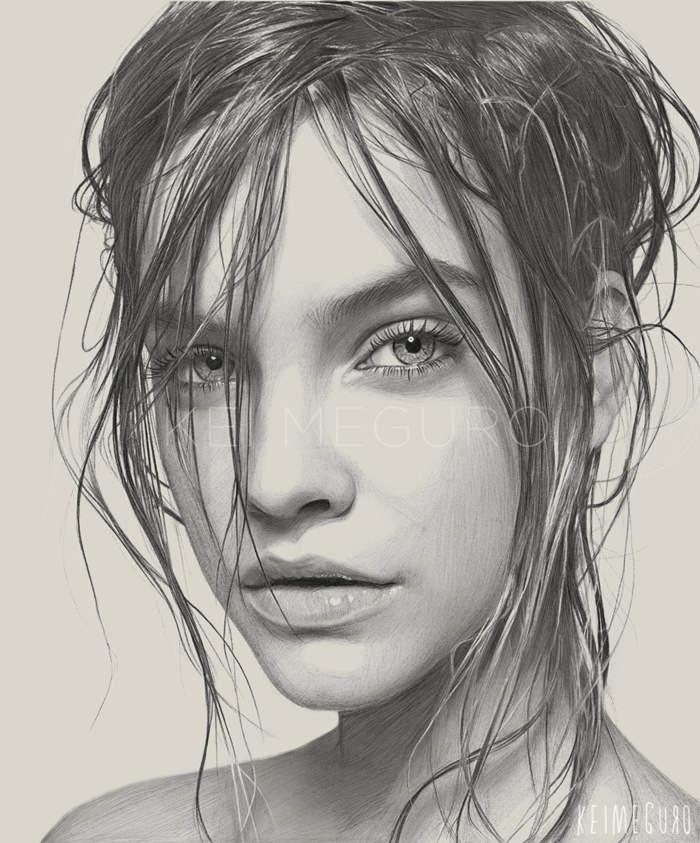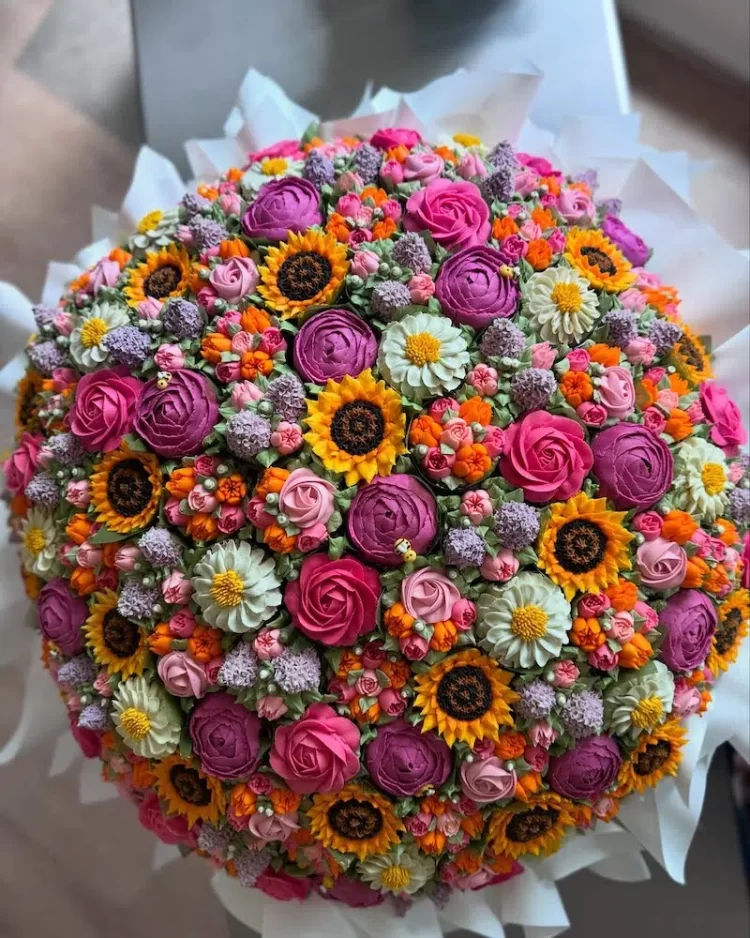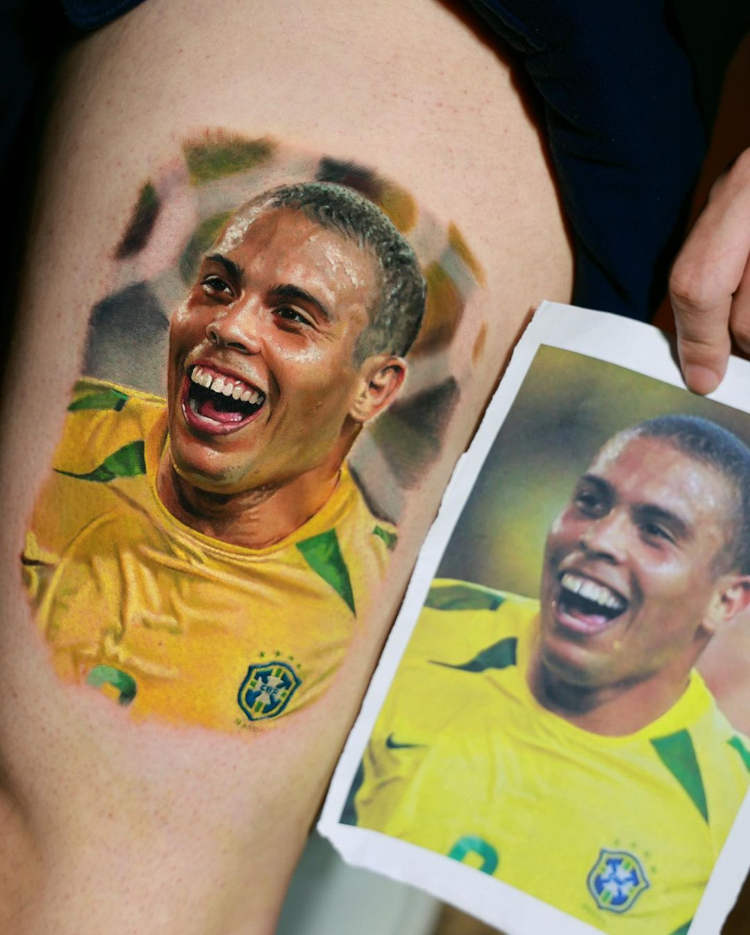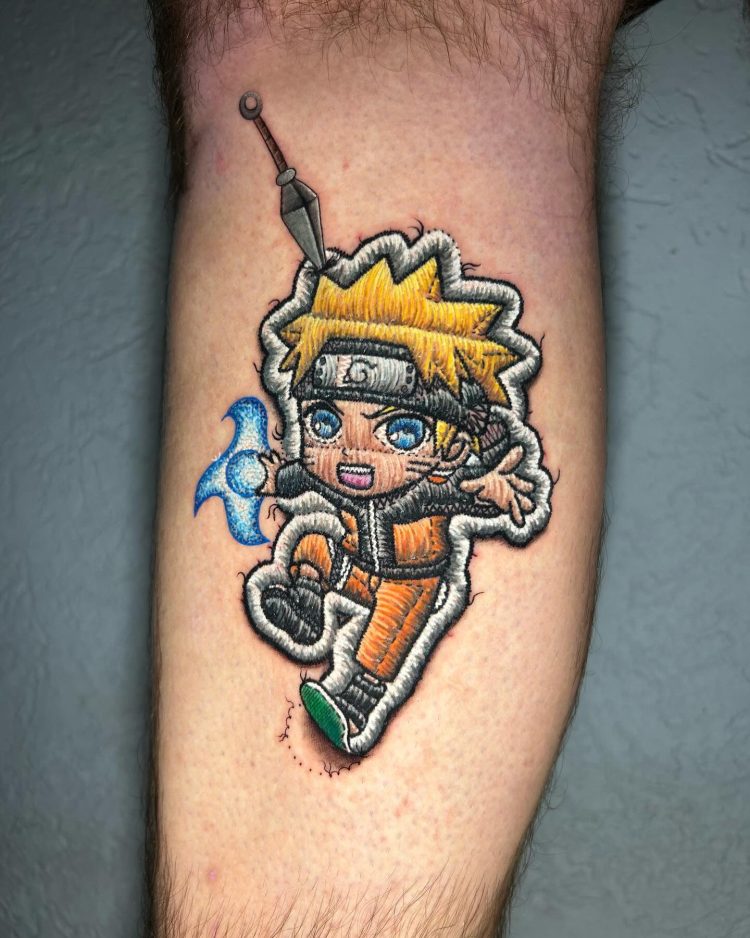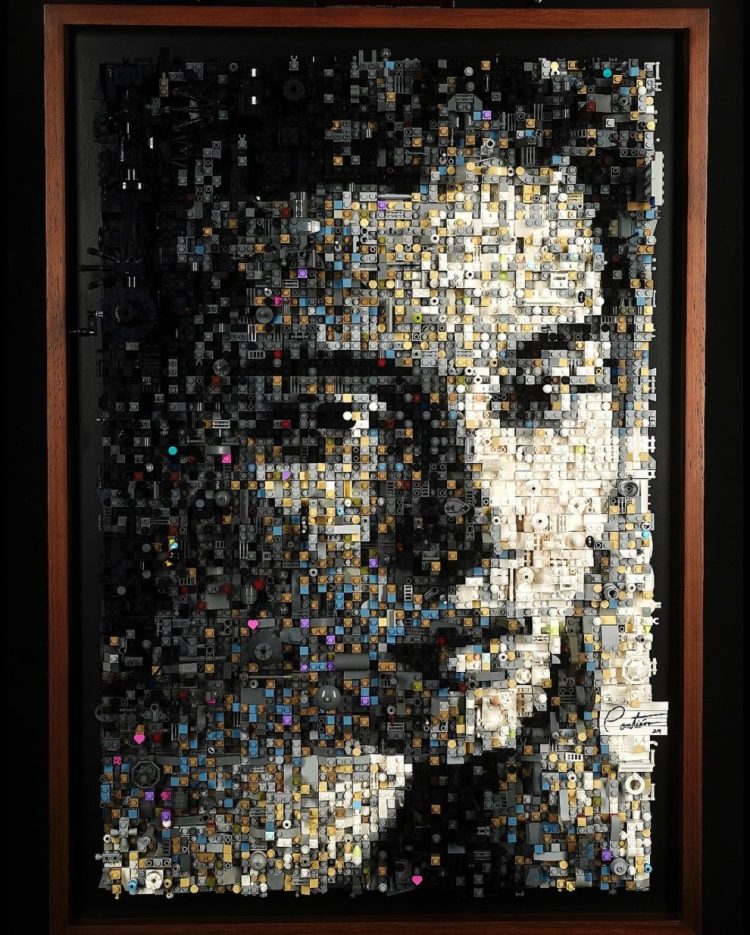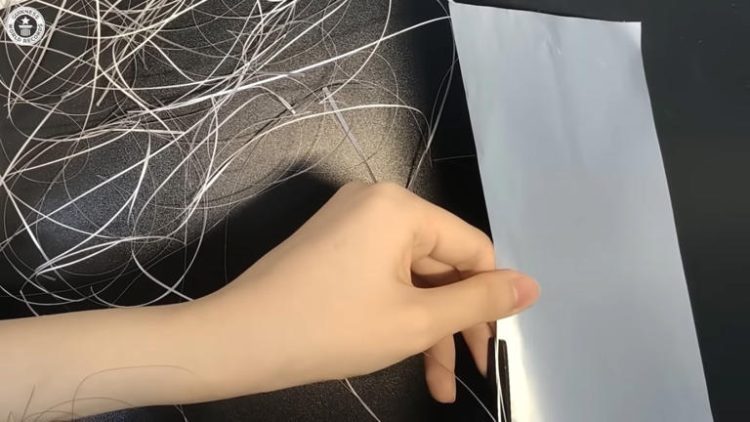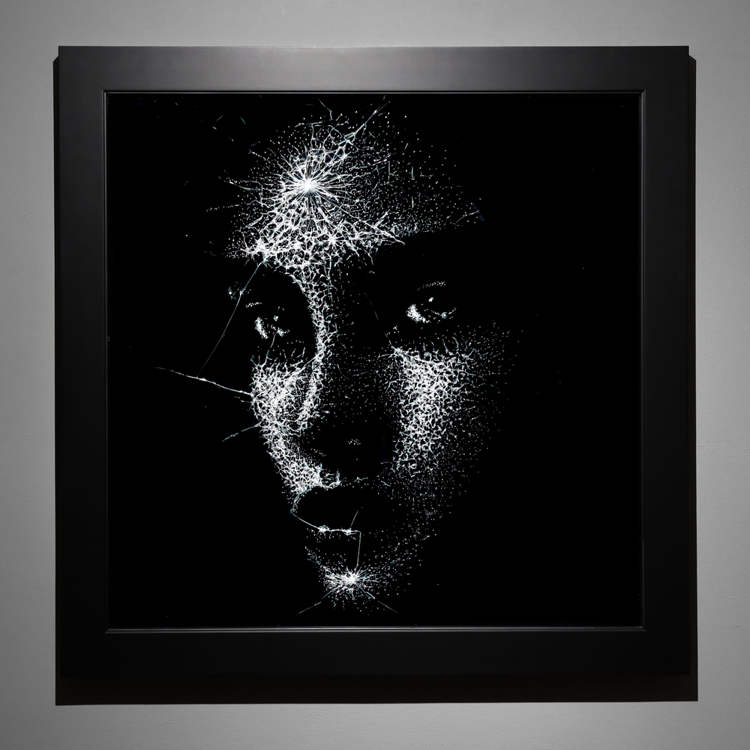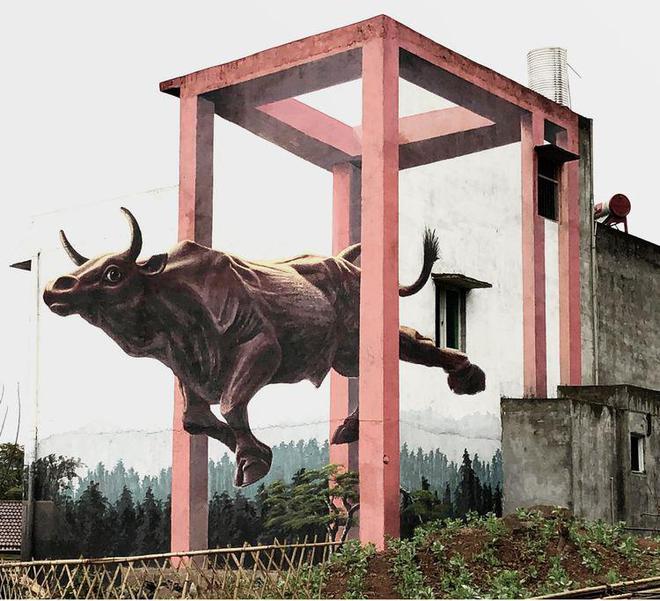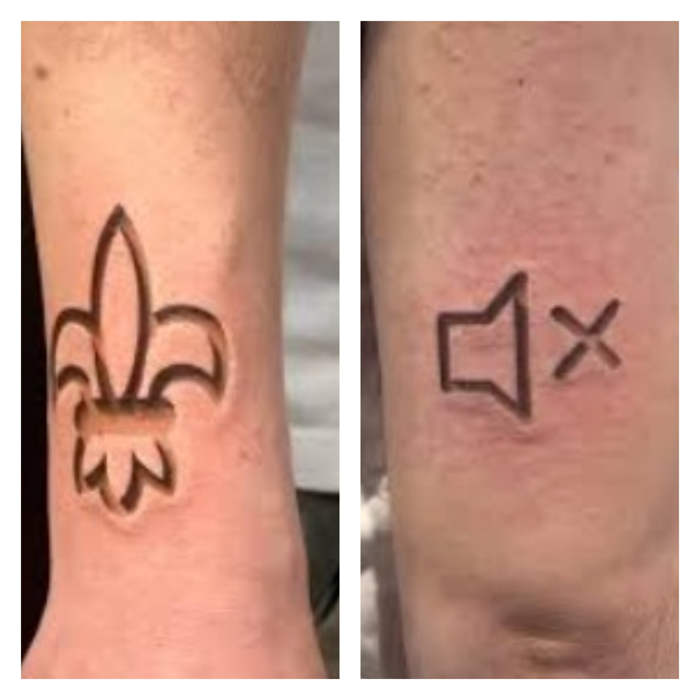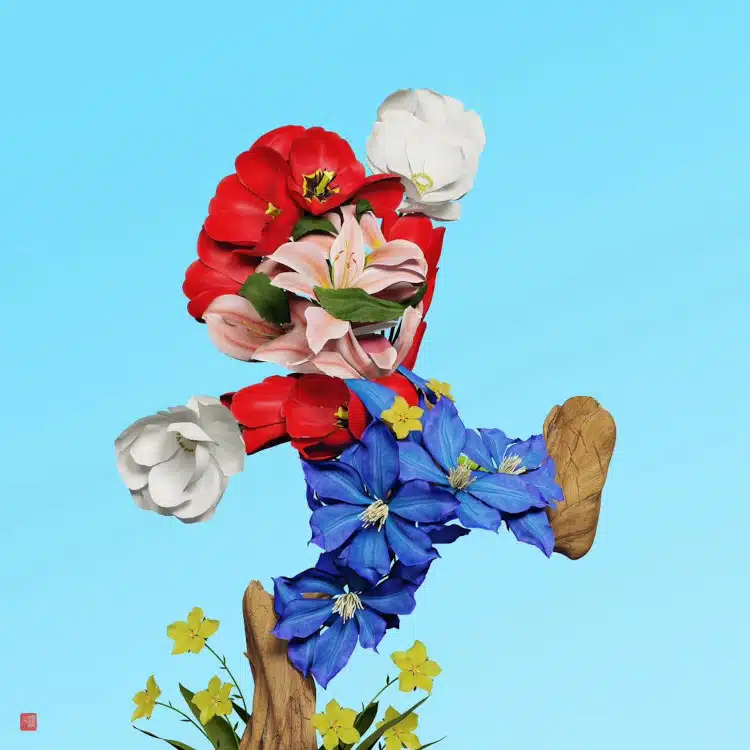When Jesse Krimes was growing up, he probably never realized what a cruel pun his last name would turn out to be. In 2009, he was sentenced to 70 months in prison for possession of cocaine, after a long-drawn legal battle of unfair charges and accusations. While the judge recommended that he be sent to a minimum security prison close to his family in New Jersey, the Federal Bureau of Prisons (BOP) chose to send him to a medium security facility far away from home.
According to Jesse, that was just the first of a series of measures taken by a system that is designed to dehumanize. The experience must have been extremely frustrating for him, to say the very least, but he did find a unique way of fighting back – through art. “The system is designed to make you into a criminal and make you conform. I beat the system,” he said with pride.
The extraordinary artist didn’t have fancy art supplies to work with. At his disposal were mundane objects like old New York Times (NYT) newspapers, prison bedsheets and hair gel. But these were more than enough for him to create something so striking that the world just had to stand up and take notice. He created an enormous mural by burnishing high quality visuals from NYT on to the bedsheets, using only a plastic spoon. He used the hair gel as a transfer agent.
Photo: Jesse Krimes
It took Jesse three years to perfect his technique and complete the mural. It was mostly trial and error – at first he used water to transfer the images to the sheets, but the colors bled. Over a period of time, he discovered that hair gel had just the right amount of viscosity. It took him 30 minutes to transfer each image, and there are thousands of images on the mural. You do the math.
Jesse was careful. He worked on only one sheet at a time, each one the size of the tabletop that he used. After each sheet was done, he just shipped it all home. He never saw the completed work put together until his release from prison. He now calls it ‘Apokaluptein:16389067’; it sums up his entire experience of prison. The title is derived from the Greek word ‘apokalupsis’, which means to uncover or reveal. 16389067 was Jesse’s prison identification number.
Photo: Jesse Krimes/Facebook
“It’s a depiction of represented reality as it exists in its mediated form, within the fabric of prison,” said Jesse. “It was my attempt to transfer reality into prison and then later became my escape when I sent a piece home with the hopes that it could be my voice on the outside in the event that anything bad ever happened and I never made it home.” According to Jesse, the long-term project helped him retain his sanity, focus and discipline.
The very top of the mural is made of images from NYT’s travel section. Below are transferred images of war, and man-made and natural disasters in that order. While making these sections, Jesse noticed something very perturbing – the coverage of ideal travel destinations and disaster-stricken zones often came from the same coasts and continents. Jesse used the three tiers of the mural to signify heaven, earth and hell. Or, the intellect, mind and body.
Photo: Jesse Krimes/Facebook
Some of the images that Jesse used include the passion play being rehearsed at Angola Prison, children photographed in the aftermath of the Sandy Hook School massacre, a submerged rollercoaster after Hurricane Sandy, and of Tahrir Square and the Egyptian Revolution. He has also included a women’s rights panel with images from reports of gruesome attacks on women around the world – the Indian woman who was raped on a bus and Aesha Mohammadzai, whose husband attacked her and cut off her nose. Jesse even made use of the large J.Crew advertisements that sometimes fill the entire back page of NYT. Pictures of ballerinas’ bodies are depicted as fairies – the ones that exist on ‘earth’ are headless to signify the treatment of women in mainstream media.
During the time that he spent in prison, Jesse did all that he could to make the experience better for himself and his fellow inmates. In a place completely devoid of meaningful programs, he set up an art class for the other prisoners. “Prisoners did all the work to set up class,” he said. His little initiative improved his relationship with the guards and other staff. They began to help him with the murals. “Some helped mail out sections,” he said. They helped him gain access to the sheets, which were, strictly speaking, contraband. Jesse also had to pay other prisoners at times to get access to sections of the NYT and its supplements.
Photo: Prisonphotography.org
Jesse doesn’t mince words, he is quick to point out that money is everything in federal prisons. “People who have money have a much easier time living in prison but that is usually rare except for the white collar guys or the large organized crime figures,” he said. “Prisoners who have money in prison gain automatic power and respect because you are able to have influence over anything really.” And for those without money, a rare skill is dead useful.
For Jesse, that skill was art. “We had to provide some kind of skill or service in order to receive money or books of stamps. Some people cook for others, do laundry, do legal work, or artwork.” Jesse sometimes sold his artwork for as much as $150, or 20 books of stamps. He did a lot of portraits and tattoo designs and used the proceeds to obtain more hair gel and colored pencils. “The majority of portraits I did were for the guys who had money or else I did them for free, for friends or those going through hard times.”
Photo: Prisonphotography.org
The scope of Jesse’s project is said to reflect the sheer size and complexity of the American prison system. “The origin speaks to the material choice of the prison sheet as the skin of the prison, that is literally used to cover and hide the body of the prisoner. Apokaluptein:16389067 reverses the sheet’s use and opens up the ability to have a conversation about the sheet as a material which, here, serves to uncover and reveal the prison system,” said Jesse.
via Prisonphotography.org, Jesse Krimes







